Kase K9 Filter System Review & Sample Images Comparison
Kase K9 Filter System Review
I am delighted to announce that I have been appointed an official Kase Filters UK Pro Partner, Below I have written a full Kase K9 Filter System review.
CLICK HERE to VIEW/BUY the range of Kase filters on their website. Please Note: Items delivered within the UK only.
For those thinking of buying Kase for the first time, please feel free to contact me to discuss your specific needs so we can ensure you get the filters that suit both your needs and your budget.
I have been using the K8 and now the K9 Kase Filter systems since March 2019 and they have been extensively used during several of my personal travels and my workshops to New Zealand, Australia, Canadian Rockies, Iceland, Lofoten, Tuscany, Dolomites and Crete. With each country providing different light and even different seasons (from -40°c in the winter of the Canadian Rockies to 32°c in Crete), they have proved the perfect testing ground. I use Kase filters in all weathers and I my conclusion is that they are fantastic filters and quite easily the best system that I have used to date.
On my return from a trip to New Zealand in early June 2019, I contacted Kase to discuss my experiences in using their filters and after a conversation over a coffee or two, an agreement was made to have me proudly become an official UK Pro Partner. This blog is a quick guide to the filters I use as well as a few images captured to demonstrate the quality of the glass filters. I have included unedited raw files (saved as JPEGs) to give you all an accurate picture as to what you can expect when using them, especially as they possess no colour casting whatsoever.
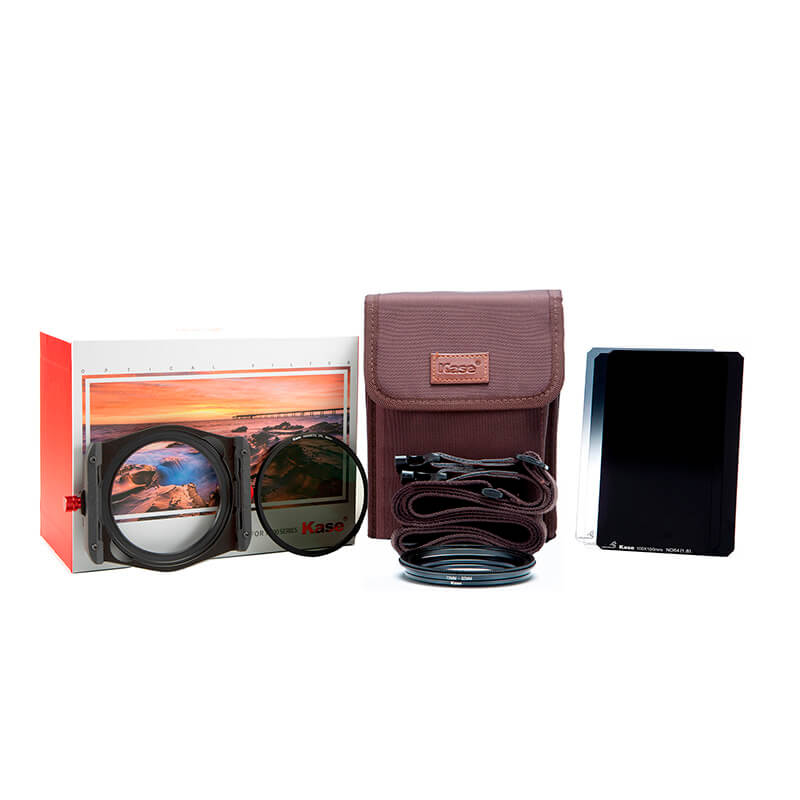
My Kase Filters Review
Why are Kase the best filter system I have used to date?
*** Absolutely no colour casting even when stacking three glass filters together
*** K9 filter holder can accommodate three slots WITHOUT vignetting even at 14mm on a full frame camera
*** All the filters are toughened (Pro HD) glass and are expected to normally withstand a drop onto rocks and hard surfaces from 1.2 metres without smashing
*** Nano coated glass allows for quick and easy wiping of water and dirt. They are genuinely easy to keep clean and smear free. I am very impressed
*** The 3, 6 and 10 stop ND filters come in 100mm x 150mm sizes meaning easy removal from the holder (as they are a lot deeper than the competitors offerings) HOWEVER THE MAIN ADVANTAGE IS that the 90mm circular polariser is MAGNETIC. Not having to screw the polariser into the adaptor ring saves me a lot of time on location and it also leaves me confident that the polariser is properly located removing the worry that it will detach due to a shallow amount of thread not locating properly.
What filters do I use?
Currently I use the following filters although I will add to them in time;
K9 Filter Holder & 90mm Magnetic Circular Polariser
0.6 (2 Stop) Soft Graduated ND (100 x 150mm)
0.6 (2 Stop) Medium Graduated ND (100 x 150mm)
0.6 (2 Stop) Hard Graduated ND (100mm x 150mm)
0.9 (3 Stop) Soft Graduated ND (100mm x 150mm)
0.9 (3 Stop) Medium Graduated ND (100mm x 150mm)
0.9 (3 Stop) Hard Graduated ND (100mm x 150mm)
1.2 (4 Stop) Reverse Graduated ND Filter (100mm x 150mm)
3 Stop ND8 (100mm x 150mm)
6 Stop ND64 (100mm x 150mm)
10 Stop ND1000 (100mm x 150mm)
16 Stop ND64000 (100mm x 100mm)
IMAGE SAMPLES
KASE 90mm MAGNETIC CIRCULAR POLARISER
The Kase 90mm circular polariser is magnetic, allowing it to be attached and removed within a second. The amount of time saved in the field is welcomed, especially during the cold conditions of winter.
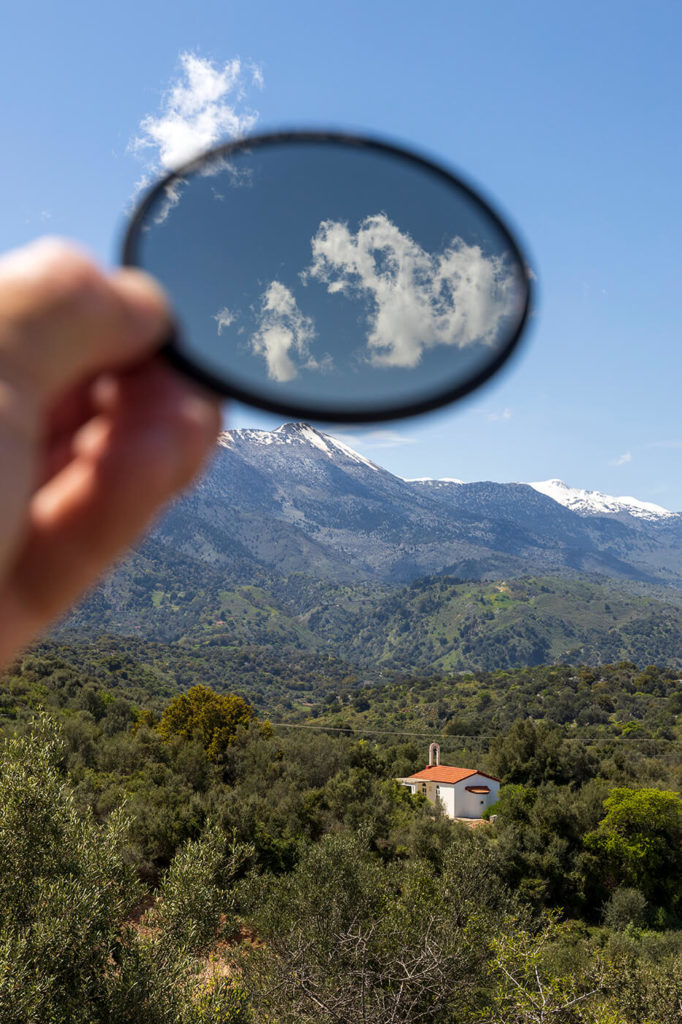
HOPETOUN FALLS, GREAT OTWAY NATIONAL PARK, VICTORIA, AUSTRALIA
So here is a gorgeous waterfall called Hopetoun Falls. It is in the Great Otway National Park in Victoria, Australia. The lush foliage and fallen trees of the rainforest are wet from the rain that fell minutes before and because the waterfall is in an open area of the rainforest, the light is harsh and is falling directly on the foliage and trees. Therefore, it has left the wetter areas with a lot of bright white light showing which is highly visible, washing out the green and red colours in the image.
The left image was taken without a polariser and the right one with. These images have been opened in Adobe RAW, had the lens correction box ticked and simply saved as a JPEG. No editing has been done whatsoever. There is a huge difference between the two, therefore showcasing the effectiveness of the Kase Polariser, especially on the green and reds.
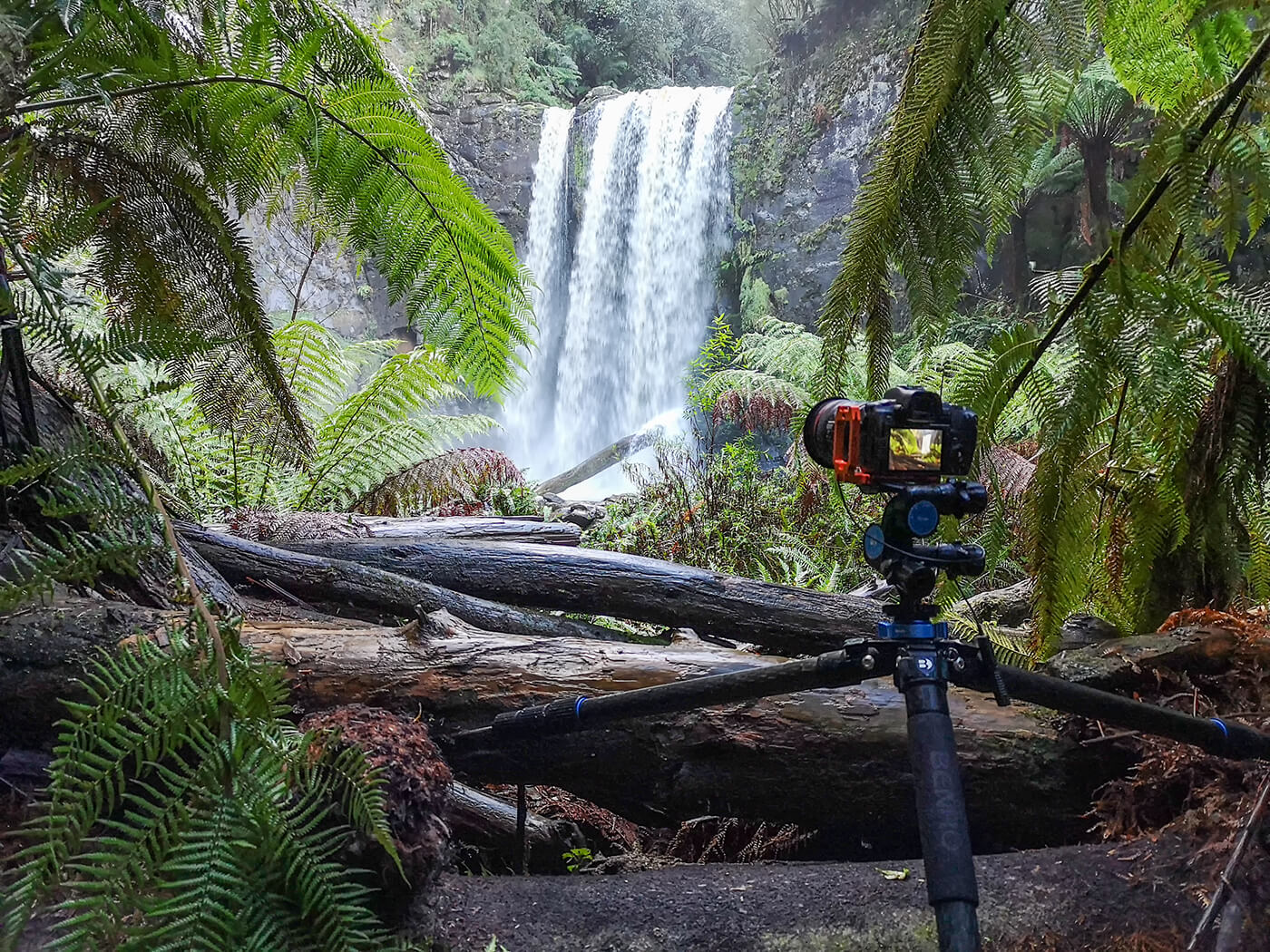
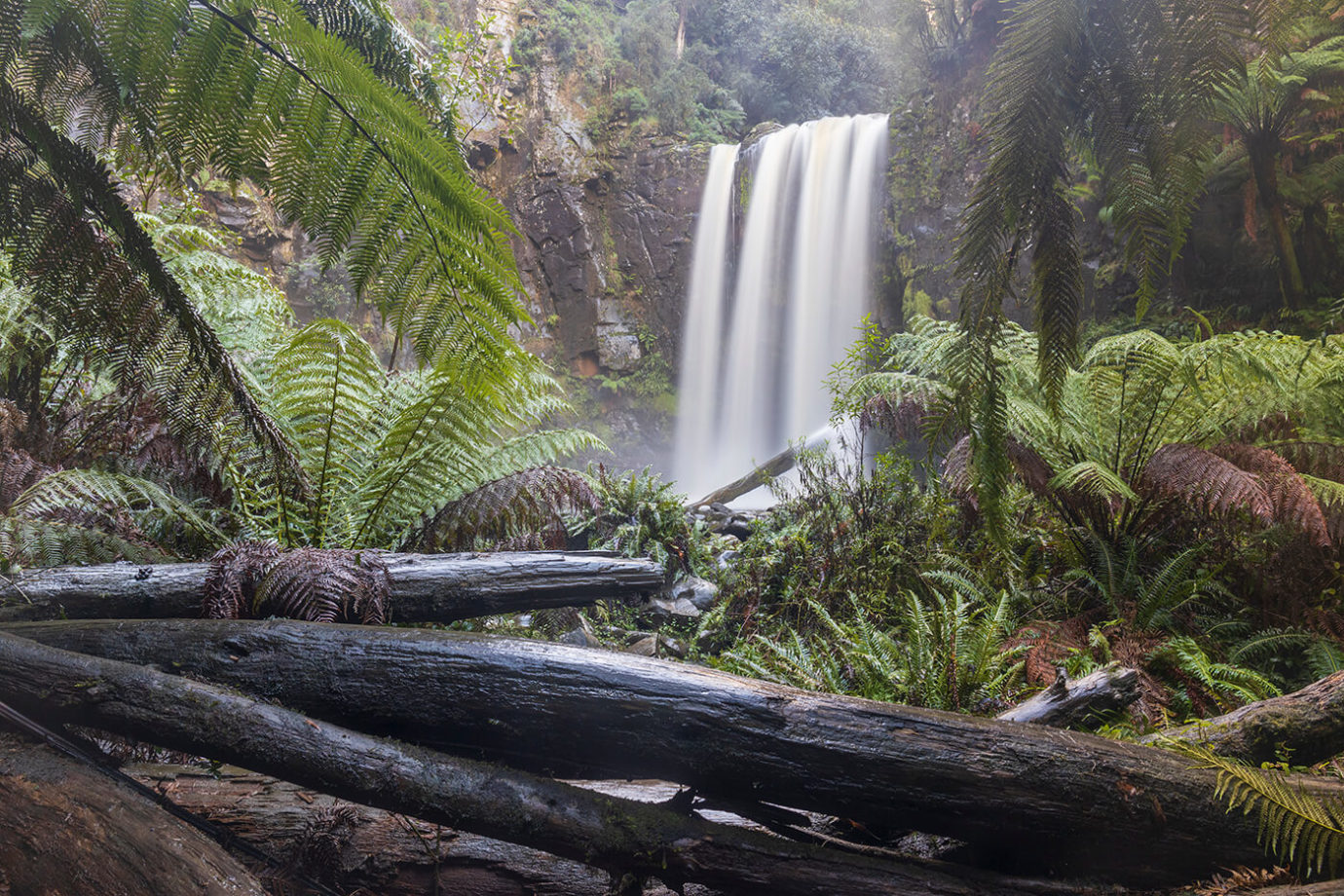
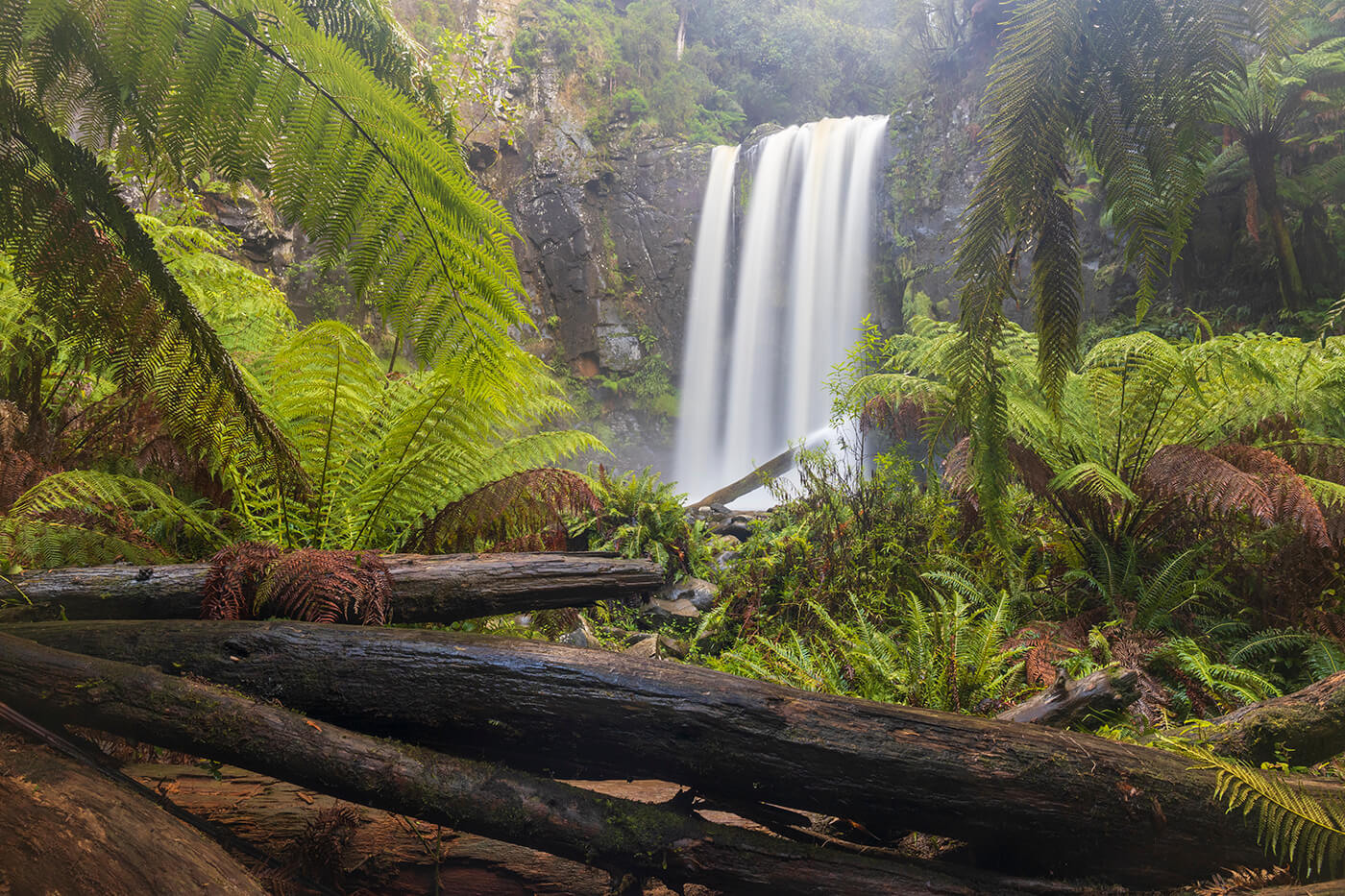
LINDIS PASS, SOUTH ISLAND, NEW ZEALAND
One of the times that you may wish to use a polariser for is to darken down a blue sky while leaving the white clouds alone. This gives the clouds a lot more impact although you do have to pick the moment that you chose to use it carefully.
In this scene from the summit of the gorgeous Lindis Pass in New Zealand, the while cloud effect was striking but was a little lost when set against the pale blue sky. Using the polariser helped to set the clouds apart from the sky therefore having them become so much more visible.
The light in this image is equal across the whole scene and the polariser has reduced the exposure by half, from 1/100th to 1/50th and this loss of one stop of light is solely down to the polariser allowing less light through to the sensor.
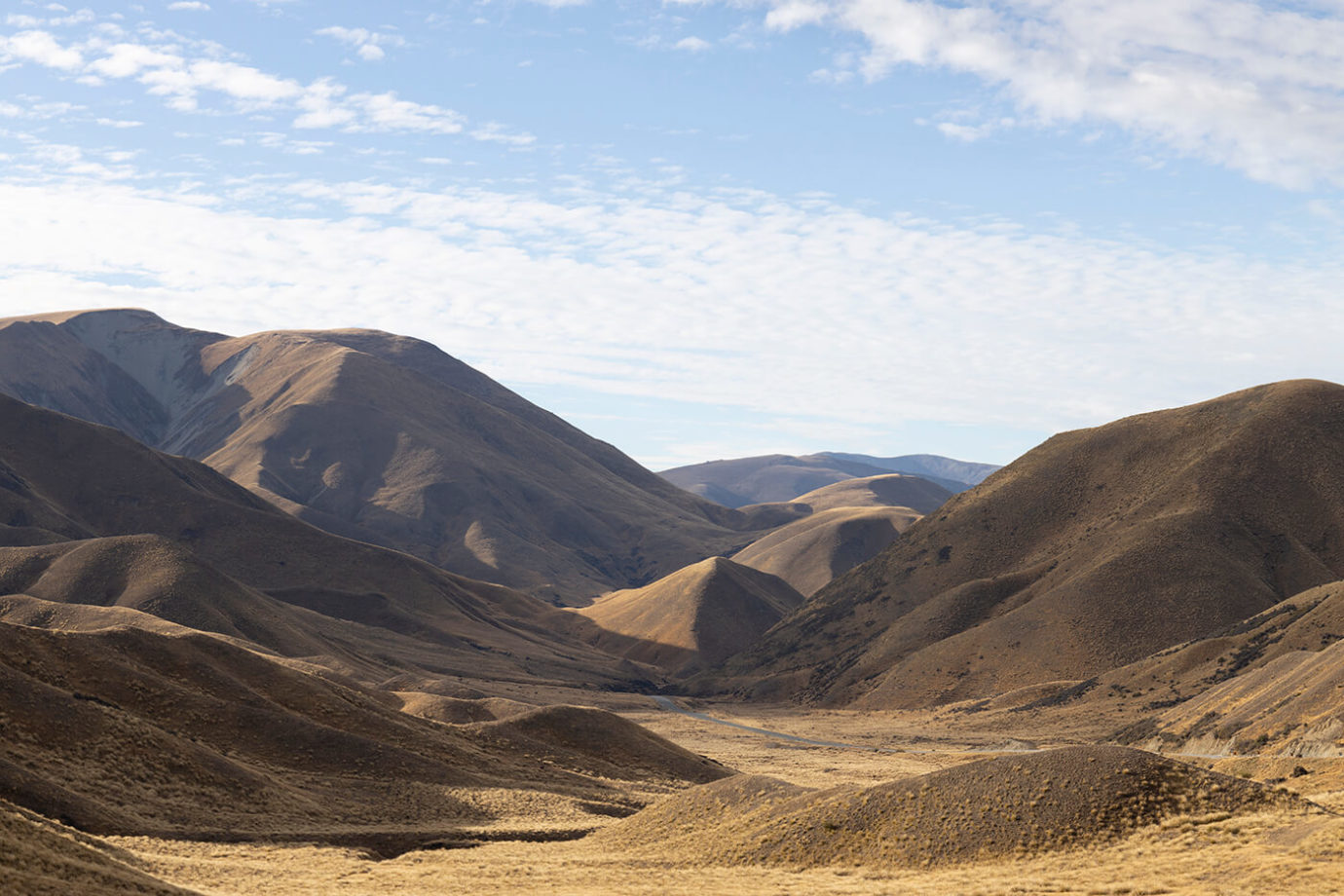
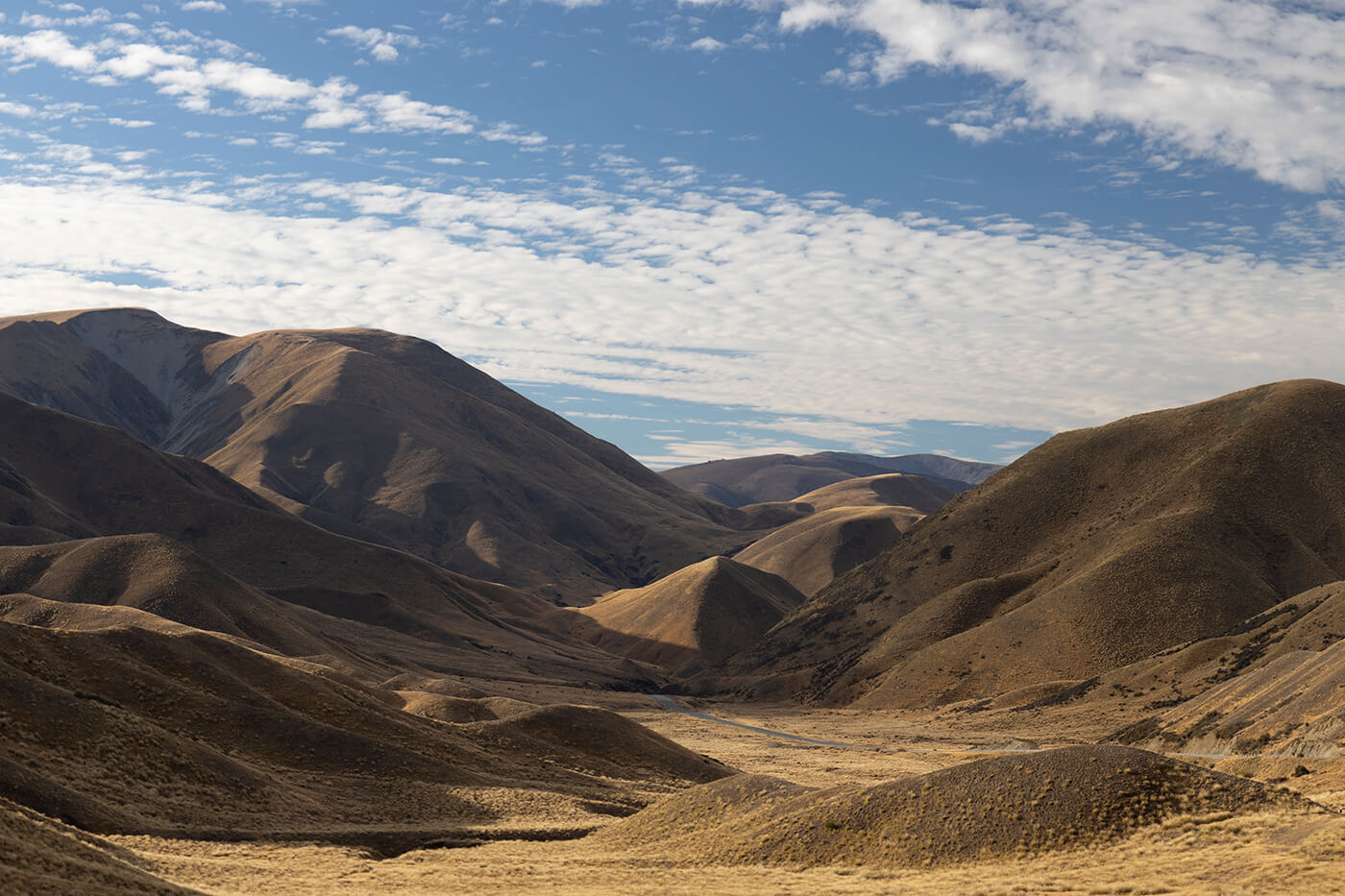
IMAGE SAMPLES BELOW USING BOTH THE KASE 6 & 10 STOP ND FILTERS
KASE ND 6 FILTERS
Kase has four ND filters available, the 3, 6, 10 and 16 stop. These filters help to slow the shutter speed down to allow you to shoot long exposure scenes and in turn capture views that either have moving subjects disappear (for example people who are walking, moving vehicles etc) or smooth out water to look misty and dreamy while clouds give the appearance of speeding by, especially when shooting 30 second images or longer.
Below is a mixture of edited images captured using either a 6 or 10 stop Kase ND filter. These filters are hugely impressive and without them, I simply would not be able to capture the images you see.
BRISBANE FROM KANGAROO POINT, AUSTRALIA
This image is made up of four landscape format images stitched together in Photoshop CC. This is the blue hour post sunset and the sky turns a lovely dark blue and for around fifteen minutes, the light in the sky balances out with the artificial lights of the city allowing for an even exposure. I used the 6 Stop filter as my original shutter speed was around 1/4th. Adding the 6 Stop ND filter slowed the shutter speed down to 15 seconds but I wanted 30 seconds so I reduced the ISO from 100 to 50 therefore doubling the shutter speed to 30 seconds. There was absolutely no colour cast present despite the challenges in shooting a city scene at night.
Incidentally Kase now have a Night Kit available which comprises two filters and it allows you to control the unnatural light and focus correctly on night shots, making shooting at night even easier to do.

KAKA POINT, SOUTH ISLAND, NEW ZEALAND
New Zealand is without a doubt the most impressive place on earth for landscape photography and I am so incredibly fortunate to be able to visit once a year in the April to run my twelve day workshop. This year I decided to stay on another ten days to allow me to recce new and exciting locations for next year’s workshop. The Catlins was an area that I had yet to discover properly and on driving through Kaka Point, on the northern edge of the Catlins, I noticed the remains of this gorgeous tree appearing to crawl out of the water.
I took several shots of this scene because you can never predict how the water is going to look in the final capture although I did want to see plenty of texture in the water, so I opted to use the 6 Stop ND filter. This gave me a shutter speed of around two seconds which was perfect for what I wanted. I decided against using a 10 Stop ND filter because the water was not always in and around the tree and capturing a thirty second shot would have exposed the beach between me, and the base of the tree and I did not want the sand entirely visible.
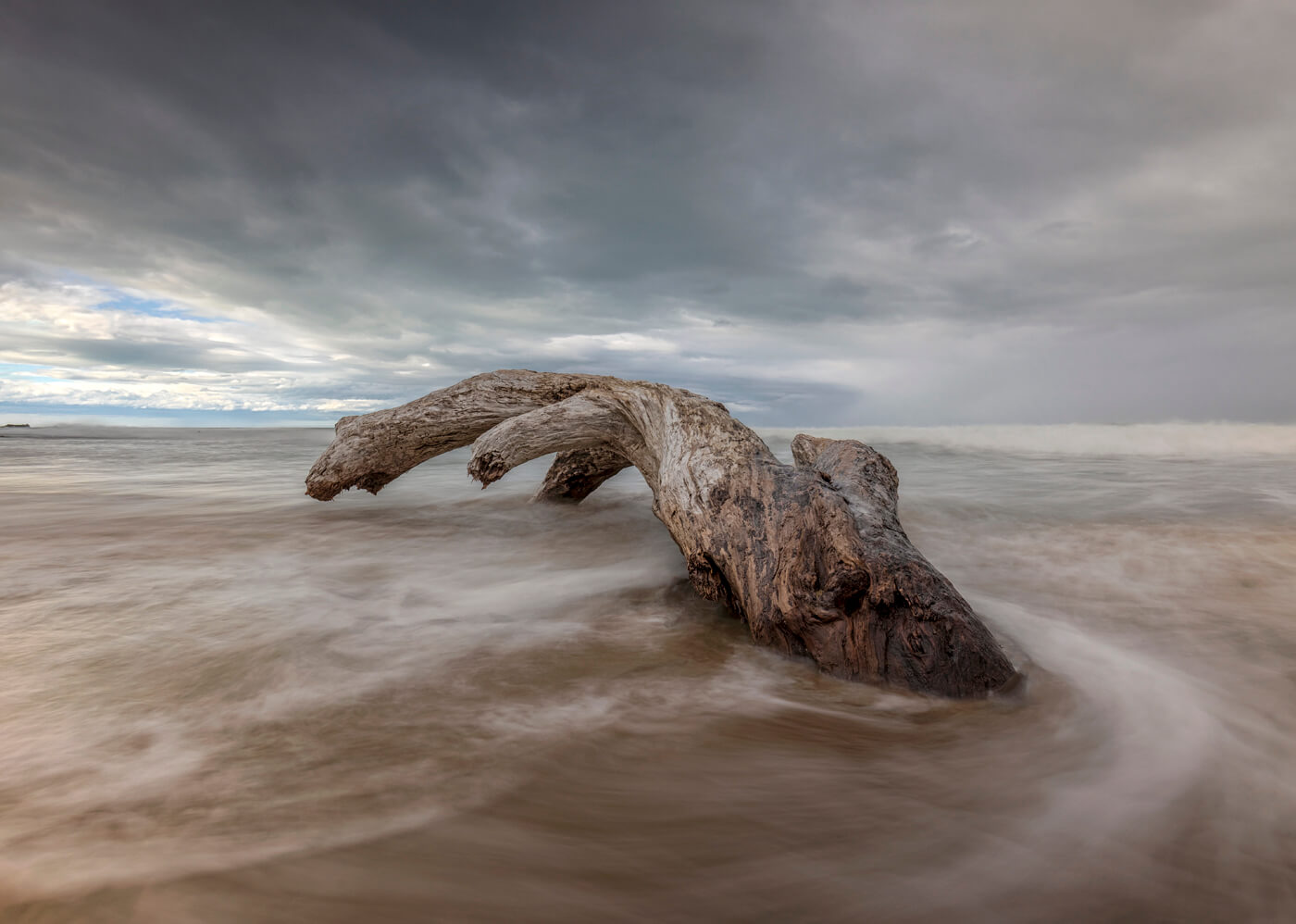
TWELVE APOSTLES, GREAT OCEAN ROAD, VICTORIA, AUSTRALIA
The Twelve Apostles is perhaps the most photographed location in Australia, most definitely within the state of Victoria however the usual view is behind me. However, when shooting at sunset, it pays to turn around and shoot away from the sun as often, the real colour arrives to light up the clouds.
In similar fashion to the previous shot of Kaka Point, I wanted to see plenty of texture in the water but understanding that there was plenty of ‘motion in the ocean’, I knew that I could shoot a longer shutter speed while still giving me the texture I was after. The shutter speed without a filter on was 1/6th of a second so using a 10 Stop ND filter would have been out of the question as it would have given me a shutter time of nearly three minutes and bear in mind that light is fading fast at this point too which is something you have to consider when deciding how long to shoot for.
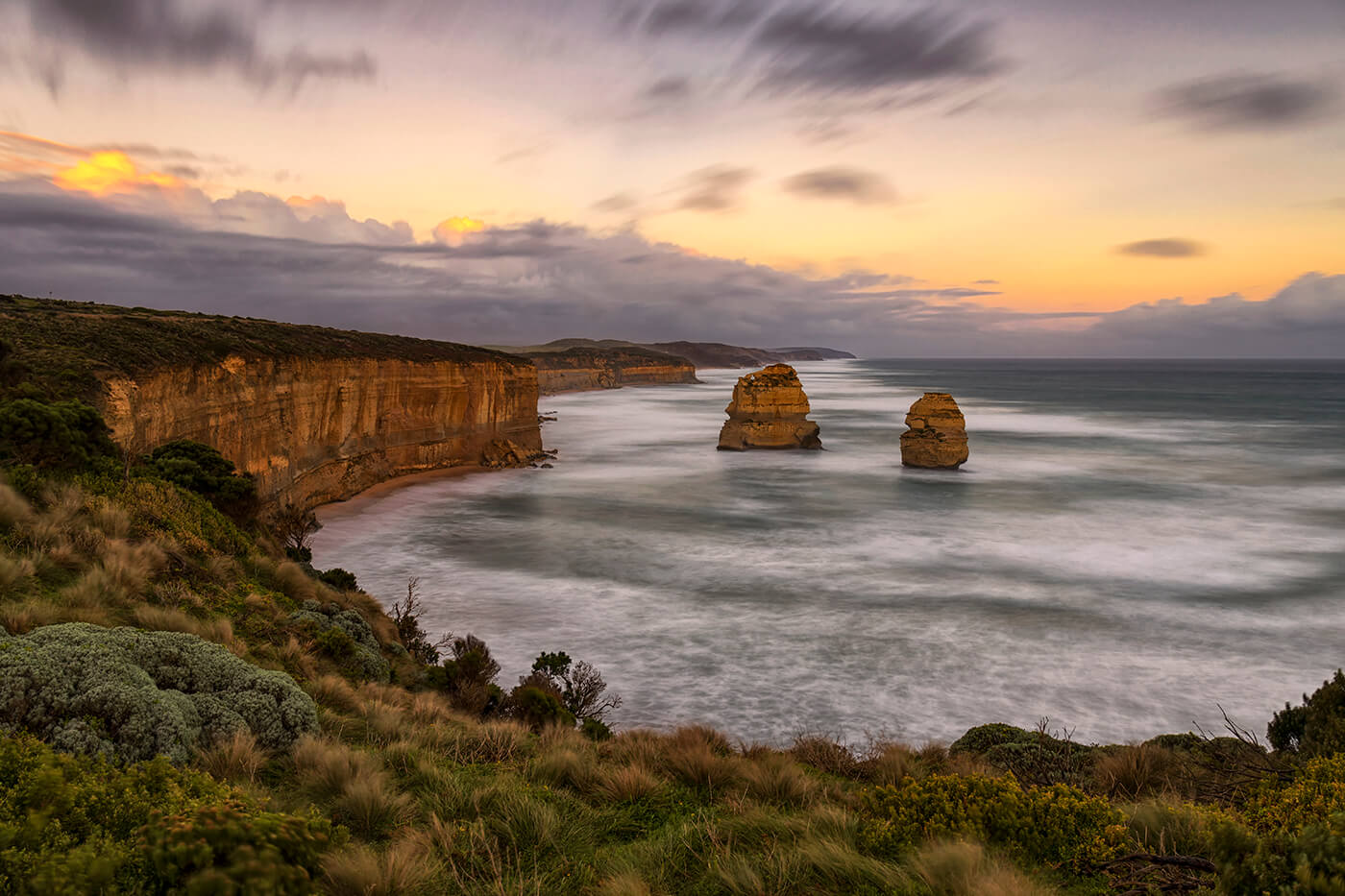
KIRKJUFELL, SNAEFELLSNES PENINSULA, ICELAND
Thanks to the Game of Thrones TV show and in particular season six where this mountain featured, Kirkjufell has become a very popular attraction to photograph and you can see why. It is a spectacular scene complete with waterfalls, a very distinctive mountain (which looks nothing like this from both the left and right side of this viewpoint by the way) and a river that flows wonderfully out of shot. What is there not to love?
There are a few different ways to photograph the water in shot, from an almost frozen state of a fast shutter speed all the way up to 30 seconds and beyond but I opted to settle on 15 seconds because while I wanted to water soft and dreamy, I did not want to lose the form and shape of the clouds too much. The shutter speed before adding an ND filter was 1/4th which pointed to the 6 Stop ND filter as being the perfect ND filter to use.
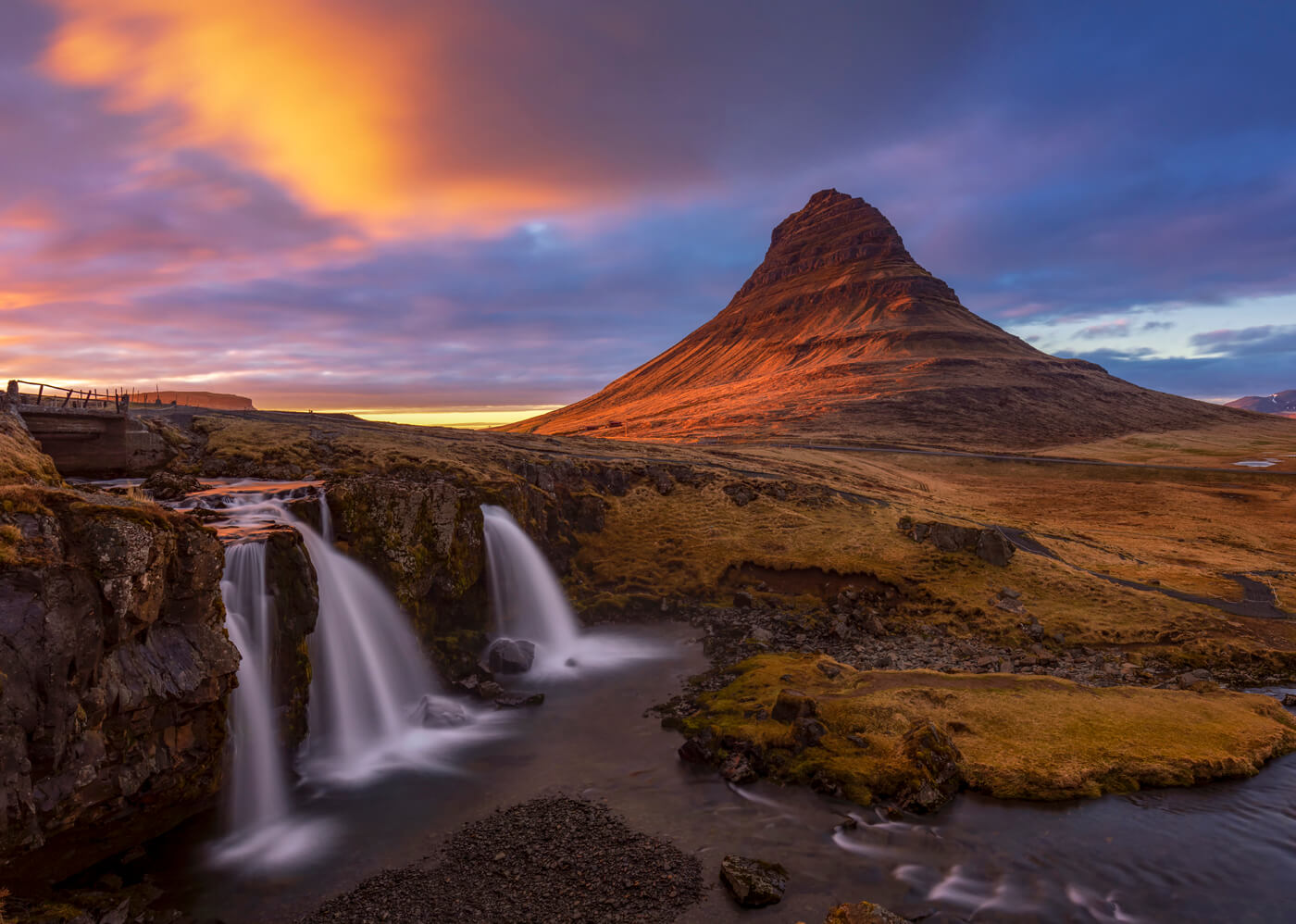
MARAKURA YACHT CLUB JETTY, TE ANAU, SOUTH ISLAND, NEW ZEALAND
Without a shadow of a doubt, this wonderful wooden jetty of the Marakura Yacht Club is Te Anau’s number one photography hot spot. There is often a group of people there first thing in the morning all waiting patiently to capture this scene on camera but on this occasion we landed lucky.
I love shooting jetties and almost without exception I capture them long exposure. The dominant structure of the jetty complete with the mountains in the background (when you can see them that is) contrasts perfectly with featureless water. During daylight hours, a 10 Stop ND filter is required but when shooting at either end of the day, when the light is reduced, a 6 Stop ND filter is perfect. The shutter speed without a filter being used was 1/4th and this is where a 6 Stop filter comes in useful. I also own a 3 Stop ND filter which is ideal for those times when it is almost dark, but the 6 Stop ND filter is too dark to use to give you around 30 seconds. Admittedly I do not use the 3 Stop ND filter very often but when I do, it really allows me to retain as much of the quality as possible as I am able to shoot at the Canon EOS R’s native ISO level of 100.
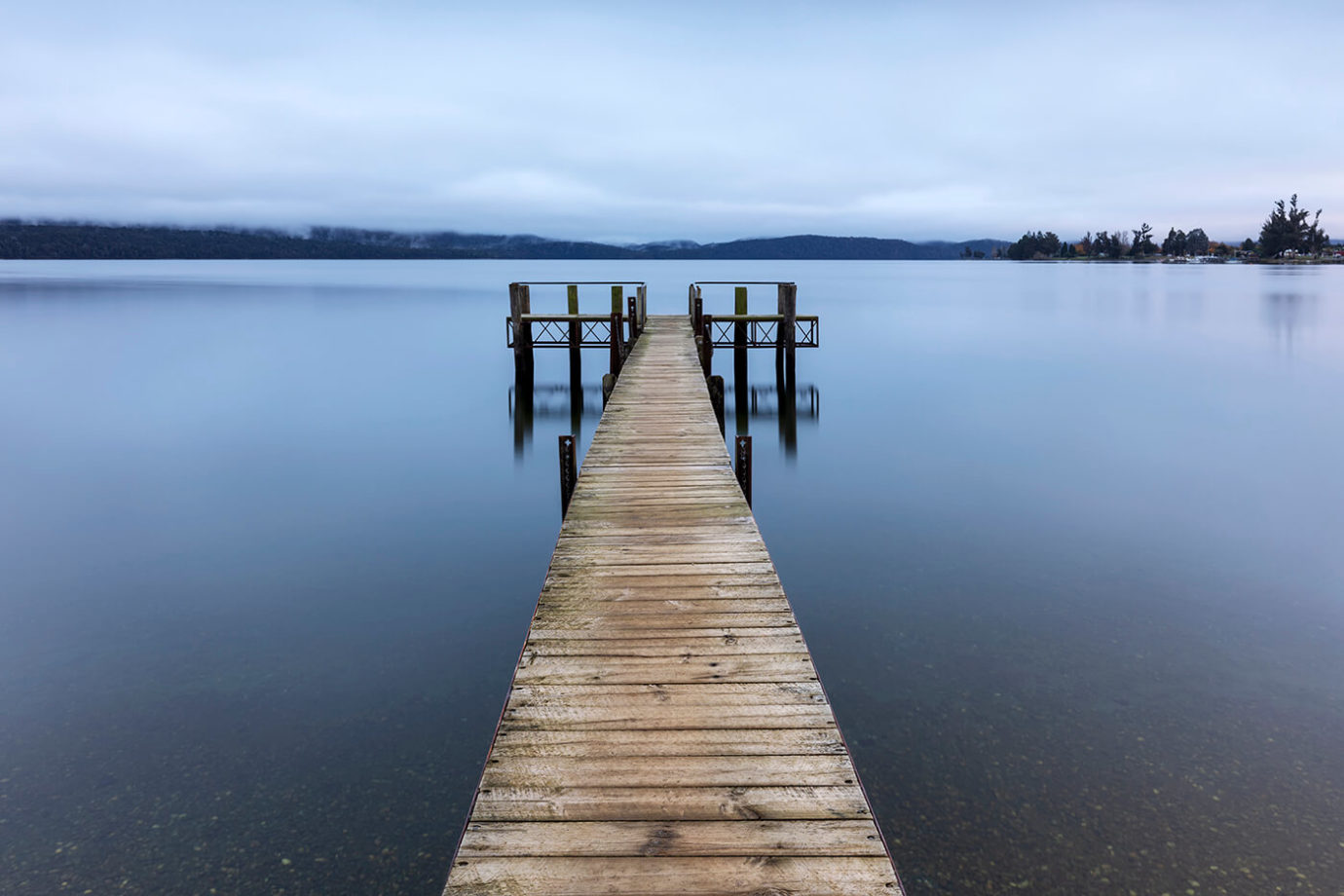
KASE 10 STOP ND FILTER IMAGES BELOW
FISHERMAN'S CABIN, WAIKAWA, SOUTH ISLAND, NEW ZEALAND
These days I probably shoot less thirty second, long exposure images than I use to, but when I do get the opportunity to capture a scene that really suits the treatment, I am all over it like a cheap suit and this location had me excited on first seeing it. Although my first visit took place late morning, but the tide was out, so I ventured back late afternoon when the tide was fully in and the scene was just perfect.
With a shutter speed of 1/30th at ISO125, a 10 Stop ND filter was the obvious choice. I do however own a 16 Stop ND filter, but I tend to use it to get me down to 30 seconds when the light is especially bright rather than shoot very, very exposure times during normal daylight.
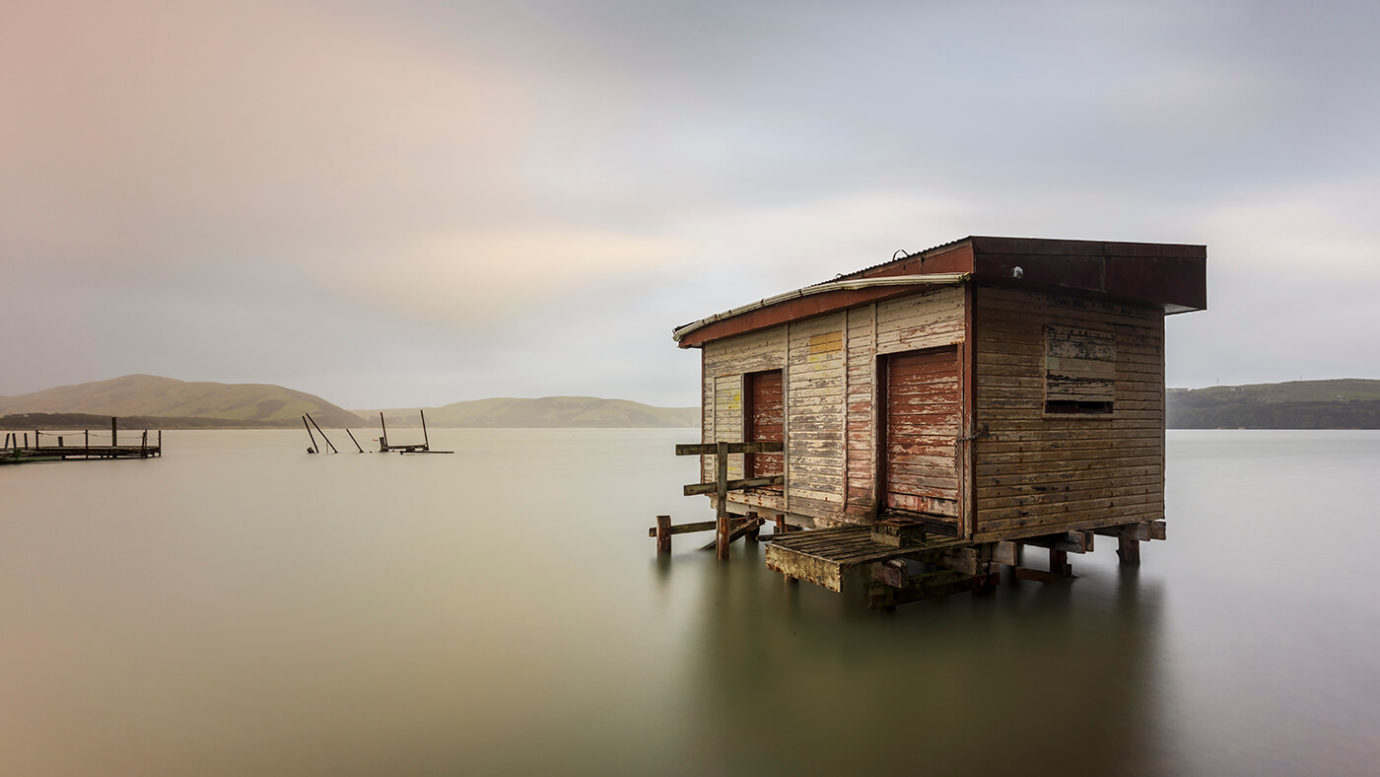
GREENPOINT SHIP GRAVEYARD, BLUFF, SOUTH ISLAND, NEW ZEALAND
There are fewer sights more evocative to me than an eerie looking boat graveyard. I don’t know why as I do not have a love of water, often preferring to photograph it rather than be in on/it but these two wonderful old boats really had my mind go into overdrive with the different options open to me on composition and shooting techniques.
It was sunrise minus the sun and the water was receding quickly, so I had to work fast. I noticed the sky was heavy laden and that the rain was coming and going so I opted to shoot a long exposure image of 30 seconds. The challenges were that I had to shoot when the rain eased and thankfully everything came together beautifully and the look of the clouds appearing to be travelling quickly contrasted beautifully to the rather static boats on the beach. My shutter speed minus any filters was 1/15th and this meant that using a 10 Stop ND filter would give me a shooting time of 60 seconds. This was too long as the rain threatened to return at any moment plus the water was quickly ebbing away. I decided to increase my ISO to 200 which brought down the shutter speed to just 30 seconds. Perfect. Half a minute later and I was smiling knowing the shot was in the bag.
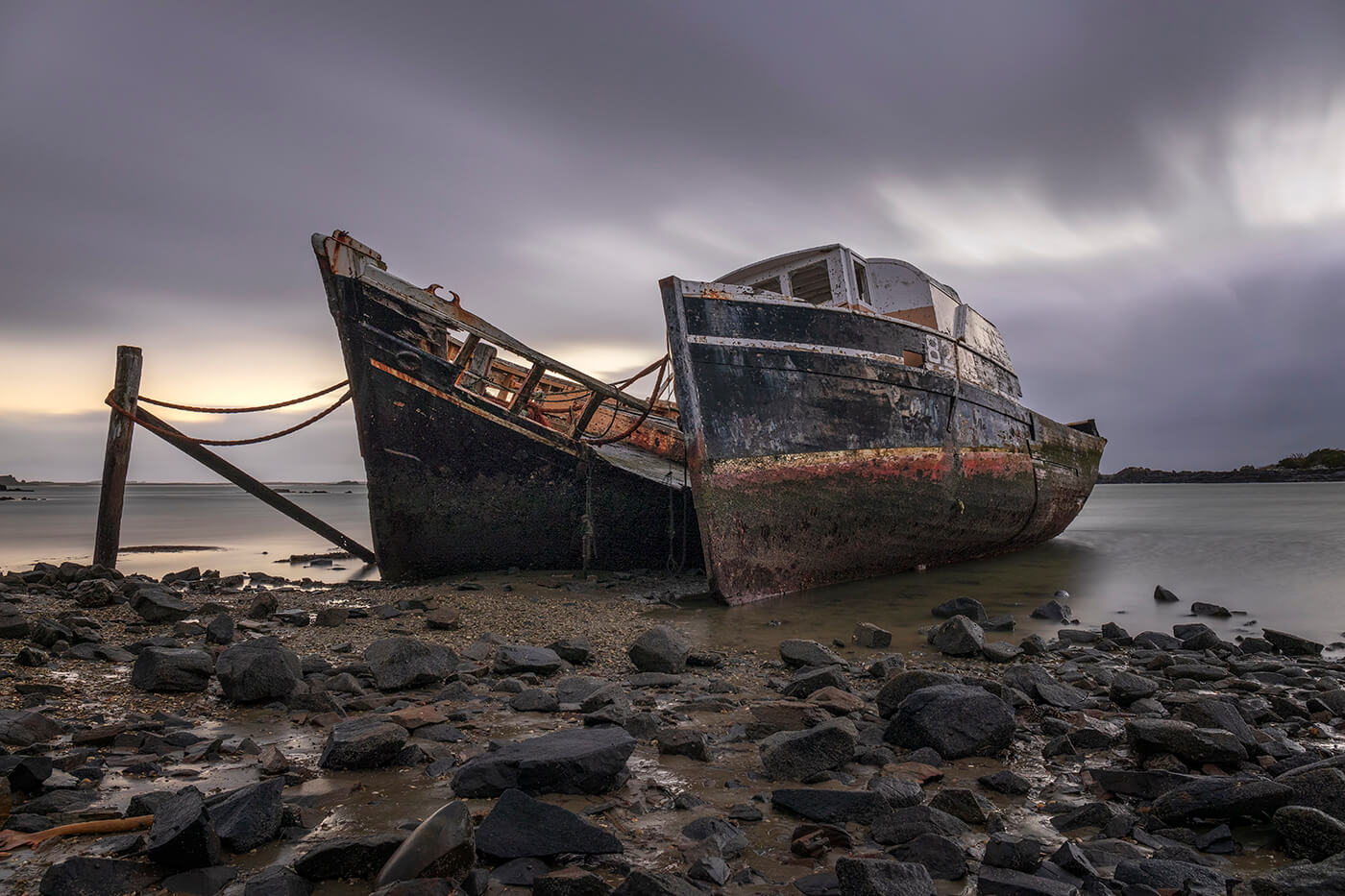
LOCH ARD GORGE, GREAT OCEAN ROAD, VICTORIA, AUSTRALIA
The Great Ocean Road is truly one of the most amazing coastal drives anywhere in the world and it spans 243km (150 miles) between Torquay and Allansford in Victoria. Melbourne is Victoria’s capital city and it is only a little over an hour northeast of Torquay. I first visited this part of the world way back in 2003 when I was armed with nothing but a 3.2mp Sony compact camera and I have been wanting to return ever since I started my love affair with landscape photography in February 2007.
Standing there in dramatic weather conditions really had my mind focused on the job in hand. Heavy clouds brought in squalls of rain and wind I had to choose my moment carefully, but I wanted the clouds to have the appearance of them ‘flying by’ at great speed to help increase the drama further. This required a shutter speed of at least 20 seconds. I positioned the 5″ metal spikes of my Benro TMA48CXL tripod firmly in the grass for extra stability and installed a 10 Stop ND filter. The shutter speed before fitting the filter was 1/50th which gave a near perfect 20 seconds. As soon as the shot was completed, I packed up and made it back to the car with seconds to go before a huge rainstorm dropped. Great timing on this occasion and thanks to Kase, another beautiful image captured.
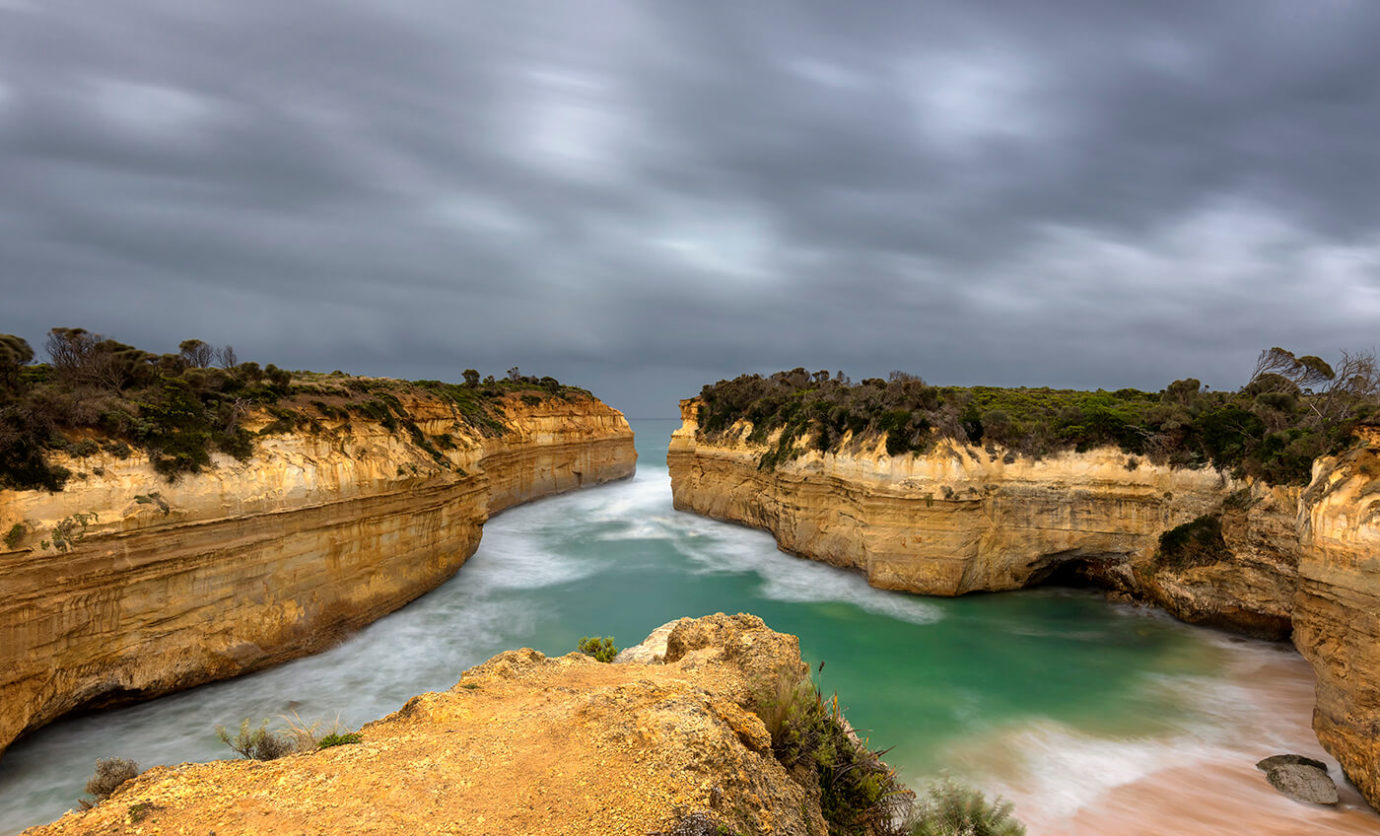
PORT OF KISSAMOS, CRETE, GREECE
I LOVE Crete. I first visited this gorgeous island (the largest of the Greece islands incidentally) way back in 1999 and I have been coming back ever since. My visit in April 2019 was in preparation for a workshop that I will be running in April 2020 and most of the usual iconic locations were visited but every now and then something would catch my eye, such as this lovely old, characterful boat.
I spent a happy couple of hours wandering up and down the port with my camera photographing the odd boat or two and the nearby church. When photographing boats above a handful of seconds, you must check to see if the boat is moving and despite its huge size, this one was. After several attempts, I found that the longest I could shoot for was 10 seconds and with a shutter speed of 1/40th without filters at ISO100, this left me little choice but to use the 10 Stop ND filter and increase the ISO to 400. The 6 Stop ND filter would have only given me 2.5 seconds at ISO400 which wasn’t enough. An 8 Stop ND filter would have been perfect but sadly Kase do not manufacture one (yet).
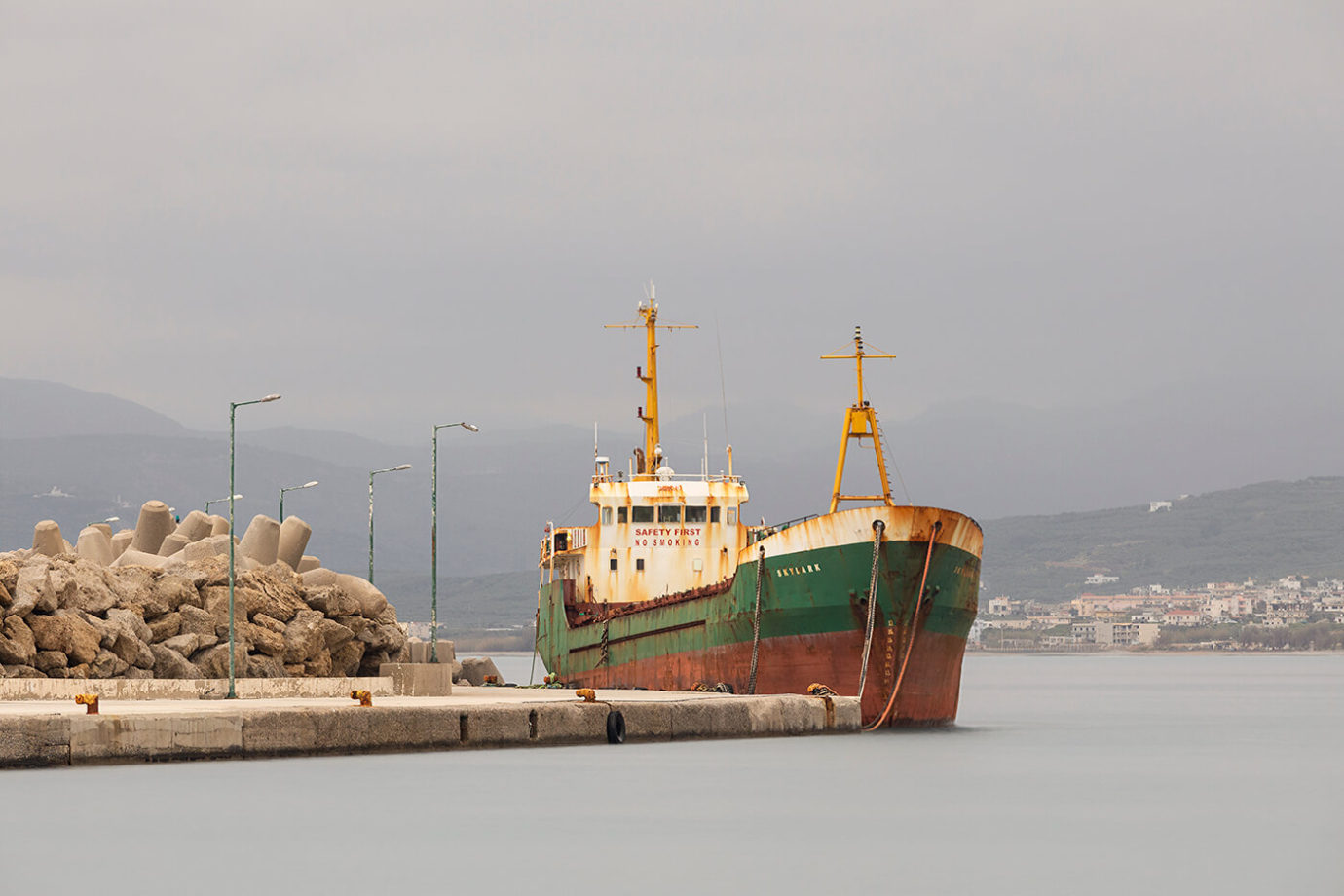
I will add more image samples using the graduated filters in time but for now should you have any questions regarding the Kase 100mm filter system please contact me via the CONTACT ME page.
If you would like to leave a comment about this blog, please do so at the bottom. I will reply to each comment left and thank you in advance for reading my Kase Filters review.
Many thanks Melvin

Superb images Melvin, amazing locations as well.
Last year, when I joined you on the Derwentwater workshop, you were promoting the Nisi Filter system.
Have you now dropped Nisi as you see the Kase Wolverine range a superior and more marketable product? Still haven’t made the jump to purchase filters yet!! (But daughter’s wedding now over and done with – ouch!, so could be a possible purchase in the near future 🙂 )
Still enjoying your photo updates, and those of others, in your FB groups.
Best wishes, Ed.
Hi Ed
Yes I was with Nisi last year but while their products were very good, the commercial opportunities were no existent. Since then I invested £1,000 into the Kase system, trailed it during my recent travels to Crete, Iceland, Australia and New Zealand and fell in love with the filter system. Two advantages of Kase over the Nisi system. The polariser is magnetic and not screw on (that makes like a lot easier) and the glass filters are produced from toughened glass which should you drop them on rocks or hard surfaces, they should survive intact whereas the Nisi ones definitely won’t (from personal experience).
If you need any advice Ed on a possible set of filters in the future, come and give me a shout. You know where I am.
Best wishes Melvin